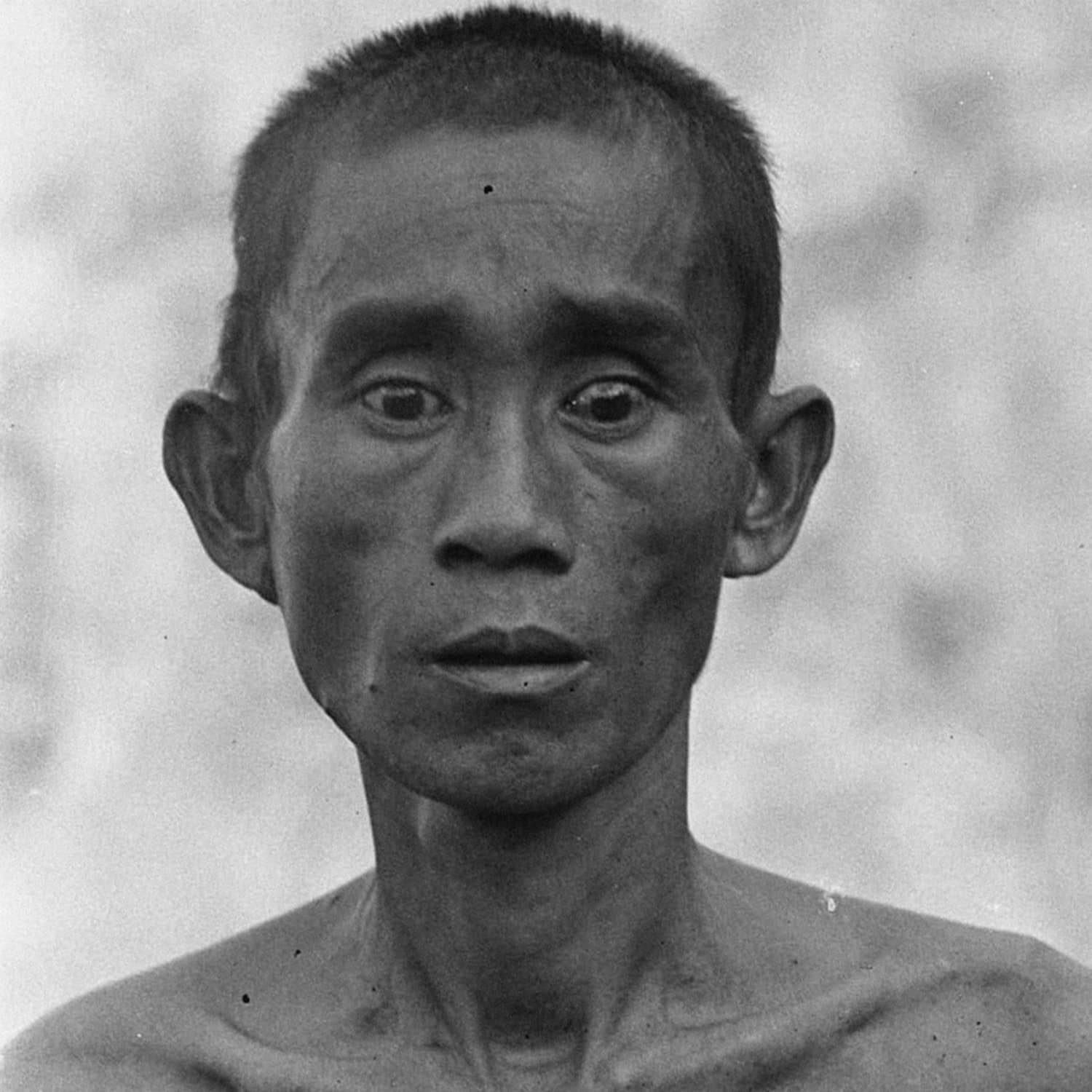Hulubalang
BUNYI BUNYI TUMBAL
(LP)
Drowned By Locals / DBL19LP
12 Inch

In Kasimyns own words, the phrase BUNYI BUNYI TUMBAL signifies a Synthetic Feeling for Anonymous Sacrifice, encompassing the emotions born out of a deep dive into the Indonesian war archives.
In Kasimyn's own words, the phrase "BUNYI BUNYI TUMBAL" signifies a "Synthetic Feeling for Anonymous Sacrifice," encompassing the emotions born out of a deep dive into the Indonesian war archives. These archives include a trove of photographs documenting the era of Dutch rule, captured through the lens of the colonizers themselves. It is from this point of departure that the project HULUBALANG was born. HULUBALANG's gaze is drawn to the peripheral figures populating these historical records. These secondary characters, devoid of individual significance, bear no names, receive no recognition, and serve as props in the broader narrative of history. Simultaneously, they become indispensable instruments in acquiring "lessons learned" from the perspectives of both the victors and the vanquished. Within this framework, the notion of TUMBAL, the non-belligerent "sacrifice," assumes a weight surpassing its translation. TUMBAL neither acts as a victim nor martyrs itself for its cause. It hauntingly reminds us of the systemic curse perpetually engendering disillusionment. BUNYI BUNYI TUMBAL is a personal act of catharsis stemming from a long lineage of anger. It stands as a tribute to a village whose ritualistic dance, one night, was disrupted by external forces, causing the tune to shatter and leaving the dance caught in a space between innocence and pain.[info sheet from distr.]